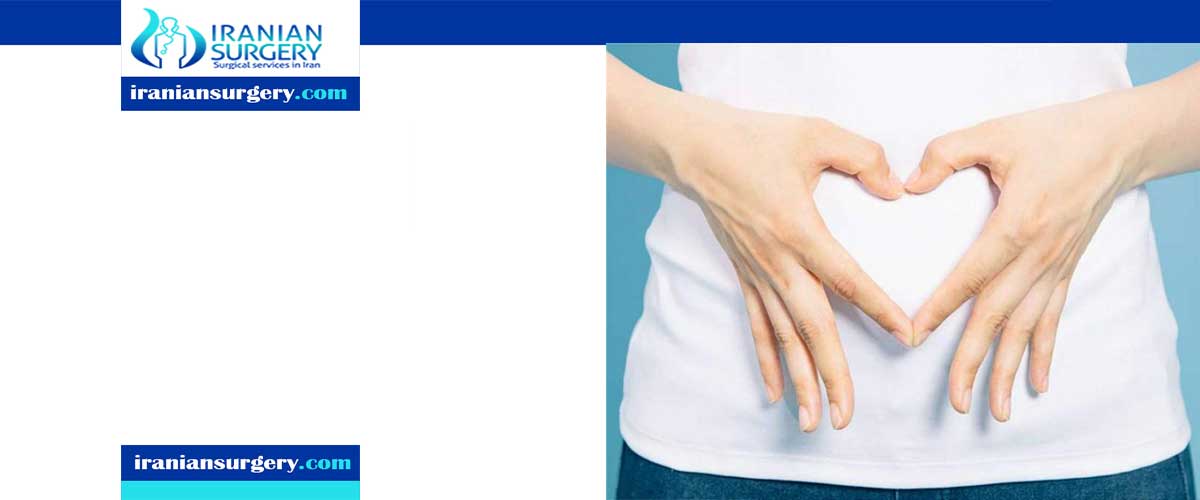Hysteroscopy infertility in Iran

Hysteroscopy infertility in Iran
Hysteroscopy is a diagnostic method in which special tools are used to diagnose uterine problems and treat them simultaneously if necessary. You can learn more about prescriptions, how to do them, and post-operative care.
Hysteroscopic prescriptions
Hysteroscopy is a method of diagnosis and treatment that the physician can diagnose and treat uterine problems and uterine problems if necessary by means of a vaginal delivery into the uterus. Hysteroscopy is commonly used to diagnose uterine problems and uterine tubes, which may cause infertility.
If the problem is diagnosed, it can be done at the same time to remove masses such as fibroids or polyps from the uterus or to have a uterine biopsy or correct problems that have caused infertility. The following are some of the cases that may require hysteroscopy to diagnose and treat it:
- Checking the shape and size of the uterus
- Examines the presence of tissue or scarring in the uterus leading to infertility
- Uterine examination and unblocking
- Investigation of the cause of recurrent miscarriages along with other tests
- Examine and remove fibroids or small polyps
- Endometrial carcinoma
- Eliminate problematic parts of the cervix
- Investigation of the cause of severe congestion and abnormal bleeding and its treatment
Pre-hysteroscopic preparation
The best time to do hysteroscopy is when you are not in your menstrual cycle, because otherwise your doctor will not be able to see your cervix clearly.
If you are likely to become pregnant, hysteroscopy should be performed before ovulation so that your doctor is sure you are not pregnant. Avoid vaginal douche, tampons, and vaginal medications for 1 hour before the test.
For hysteroscopy, you may be given a sedative medication, or may use topical, regional, or complete anesthesia. Your doctor will talk to you about this. If you decide to have a complete anesthesia, you should not eat or drink before testing. Take your doctor's instructions on when to stop eating and drinking too much, as your test may be canceled. If you have been prescribed a drug on the day of the test, take only one sip of water. Tell your doctor if any of the following occur, as some of the following may cause hysteroscopy:
- Pregnancy
- Any kind of heart or lung problem
- Taking any particular drug or drug allergy
- Use blood thinners like aspirin and warfarin
- Vaginal, cervical or pelvic infection for the past six months
Before a hysteroscopy, your spouse or a close friend or friend may need to accompany you to the end of the operation.
How to do Hysteroscopy
Hysteroscopy is usually performed by a gynecologist in the operating room of a hospital or surgery center, and most cases are discharged on the same day. In some cases, hysteroscopy may be performed at the doctor's office. Before hysteroscopy, the woman may be given anesthetic or sedative medication to relieve pain and avoid pain. In some cases, this is done under general anesthesia.
To perform hysteroscopy, a tool called speculum is embedded in the gel and inserted into the vagina. The speculum gently opens the vaginal walls and allows the vagina and cervix to see.The hysteroscopic instrument is then routed through the vagina and slowly into the cervix and cervix. Some salt or sugar may be injected into the uterus to expand the uterus. An enlarged image of the uterine wall as well as the mouth of the uterine tubes can be seen on a monitor during hysteroscopy. For hysterectomy, tissue extraction and the like, tools are inserted through the hysteroscope into the uterus. Hysteroscopy alone usually takes about 5 minutes, and if you do something else, it will be slightly longer.
Post hysteroscopic care
After the hysteroscopy, you will be immediately taken to the recovery ward where the nurses will take care of you and monitor the conditions. You usually stay in the recovery ward for one to four hours and then are transferred or discharged to the women's ward. Some vaginal bleeding is normal for a day or two after hysteroscopy. If gas is used hysteroscopically, you may also have mild heartburn, which usually disappears within 2 hours.
You may be prescribed acetaminophen or other painkillers to relieve the pain. You may experience muscle cramps if you have sedation or local anesthesia before hysteroscopy. If you have complete anesthesia, you may experience nausea, dry throat, partial itching, or mild sore throat after the test, and these symptoms may persist for several days. Gargling lukewarm salt is useful for relieving sore throat.
Some women after hysteroscopy have dizziness and severe nausea, which usually disappears after a few minutes.
You may need to refrain from sex, use tampons, or exercise for a while after hysteroscopy.
Ask your doctor when you can resume your daily activities. Nurses and doctors usually give you instructions for post hysteroscopic care. It is advisable to follow all your doctor's instructions and contact your doctor immediately if you notice the following warning signs:
- Fever
- Shortness of breath
- Vomit
- Urinary problems
- Pain, hip pain, or severe muscle cramps
- Bleeding or severe discharge from the vagina; more than monthly habit
10 common questions about Hysteroscopy infertility in Iran
[kkstarratings]



